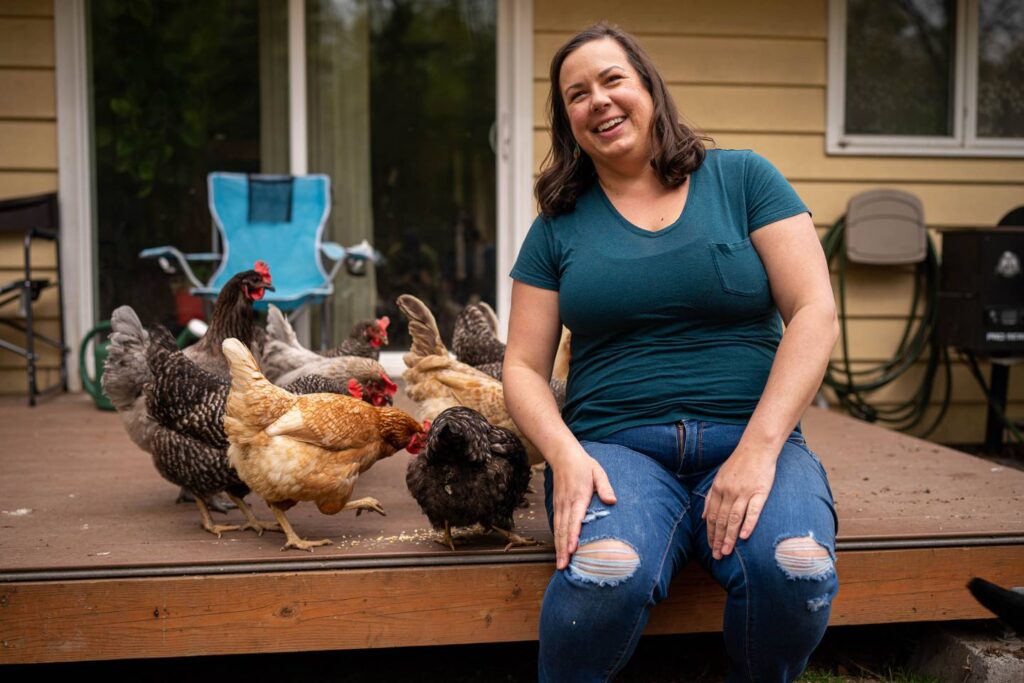How did Ashley Waligura, a 35-year-old woman who lives alone, end up with 19 cans of black beans and another three pounds in bags in her pantry?
It started for her the way it started for a lot of us — the vaguely terrifying experience of rolling through the grocery store about two years ago and seeing a lot empty shelves.
“Everything was weird,” she said. “We suddenly couldn’t get anything we wanted when we wanted it.”
She doesn’t have family here. She was having a lot of lunches at home. It seemed logical at the time.
“I really wanted to take care of myself. It was something shelf-stable,” she said. “I got a little carried away.”
So carried away, in fact, her friends gave her the nickname “Beans.”
Many of us have gone similarly overboard at the grocery the last couple years. Everybody has their thing. Sugar-free chocolate pudding, Tasty Bites meals. Blocks of yeast. Twenty-pound bags of flour. A lot of us bought too much, not because of what we needed, but because of how we felt.
Alaskans are, by nature, provisioners, so we come by it honestly. Over-winter food storage is an ancient Indigenous tradition linked to survival. Our remoteness drives it. So do the extremely seasonal rhythms of our wild food harvest and agriculture. There’s also a built-in, stock-up habit some of us have, passed on from an older generation who still remember when winter produce came in cans that you bought by the case. But the pandemic turned all those instincts up a notch. You could say our pantries reflect our collective state of mind and the state of the world. They also tell us how we’re recovering from the pandemic years.
